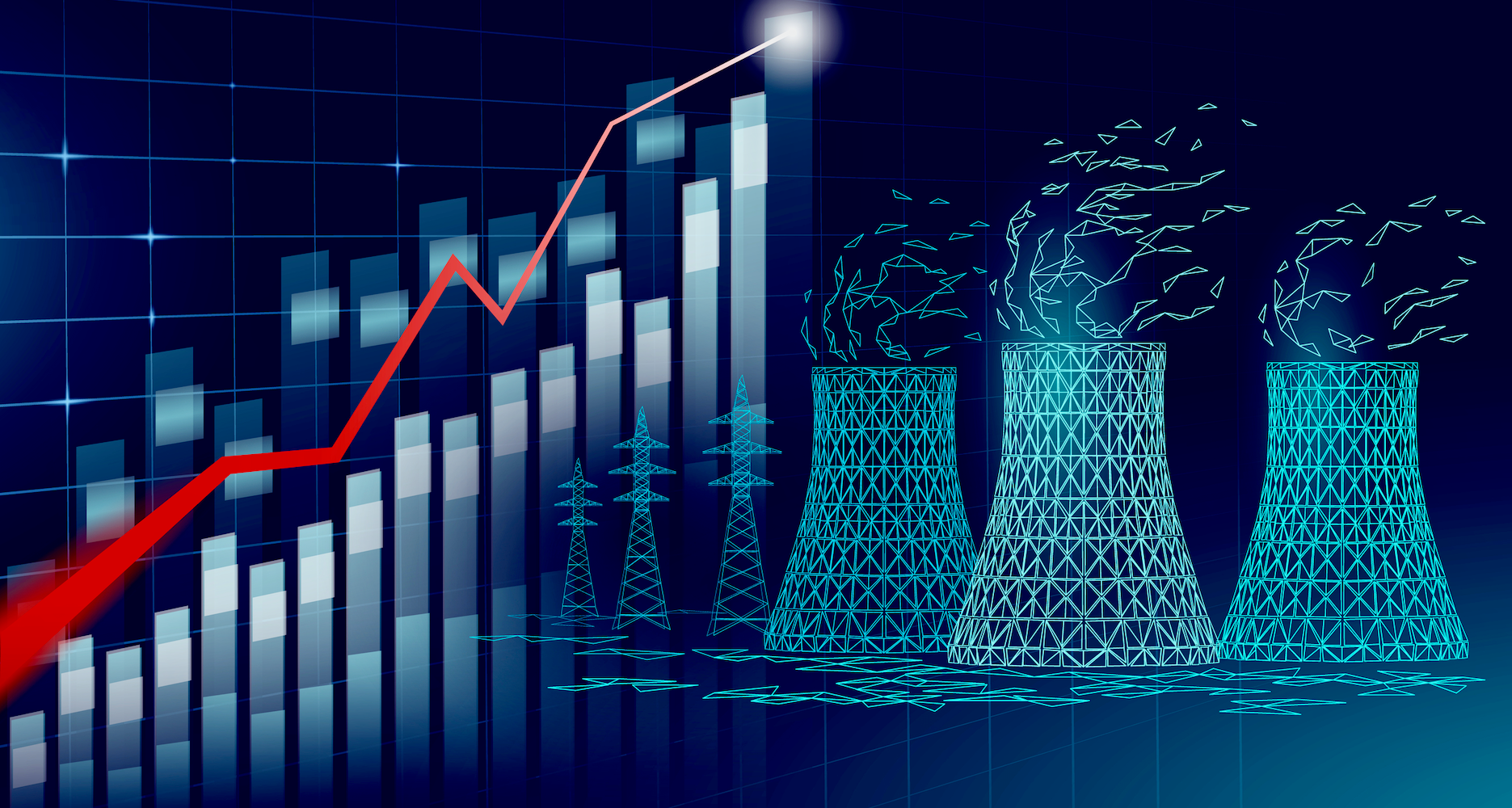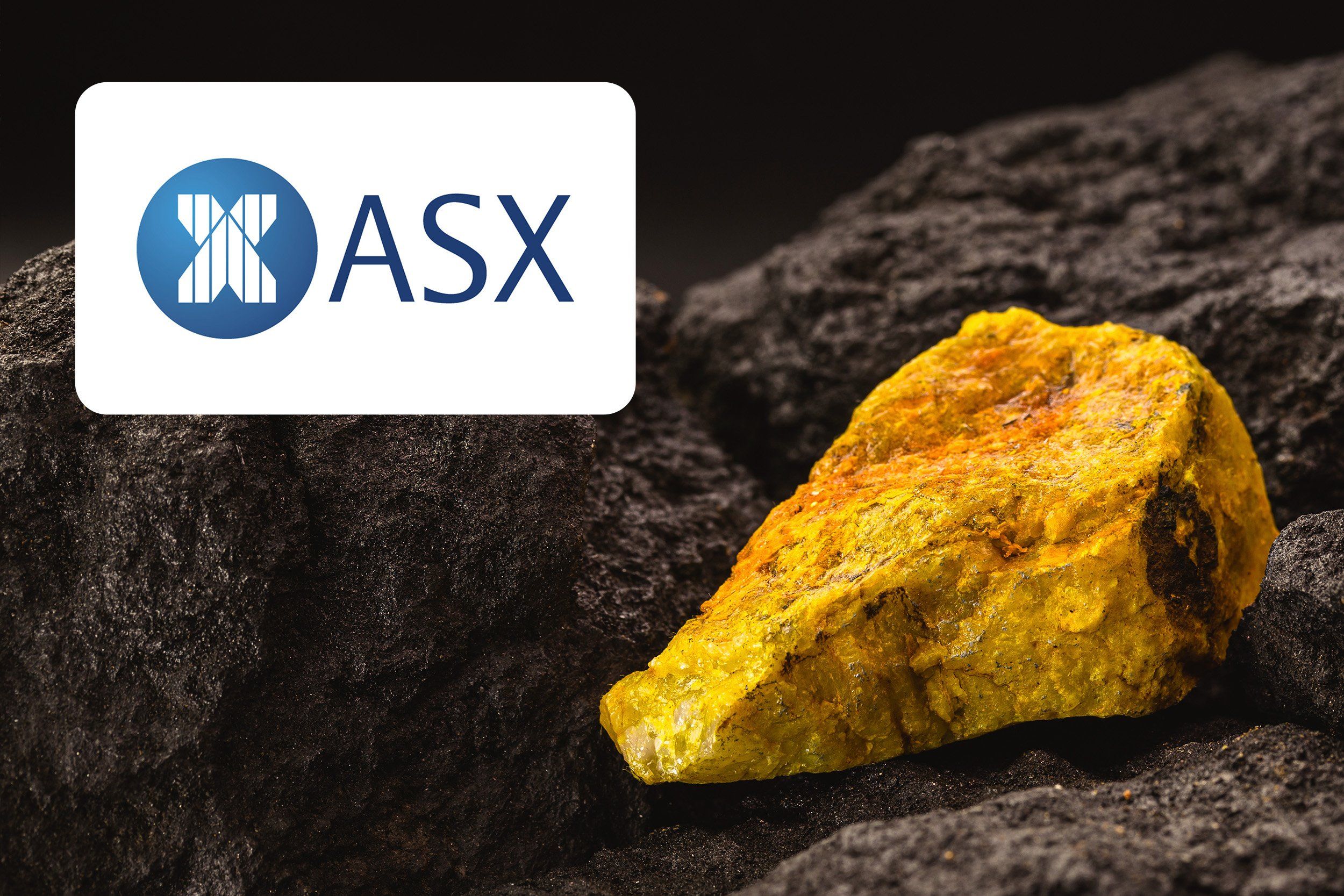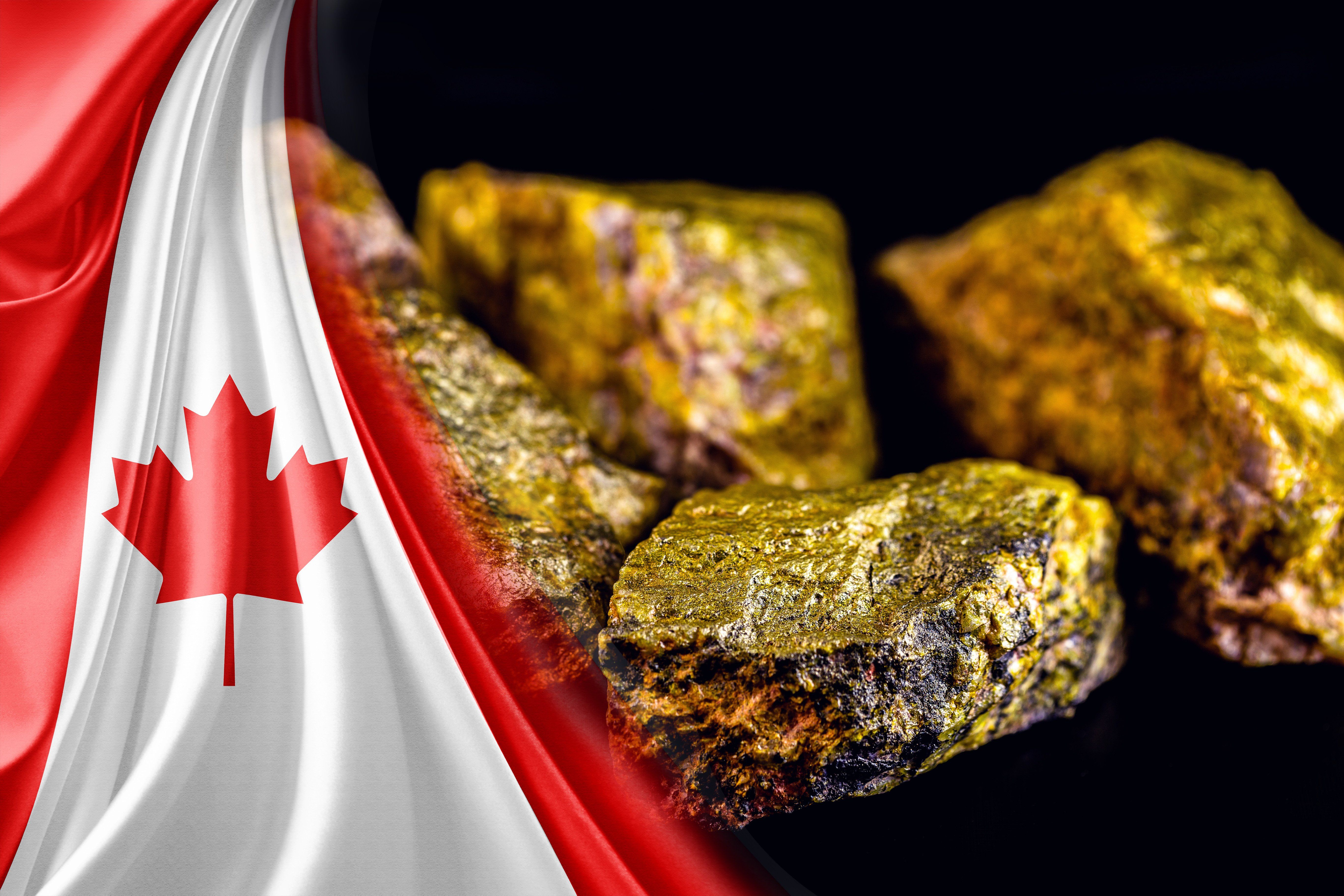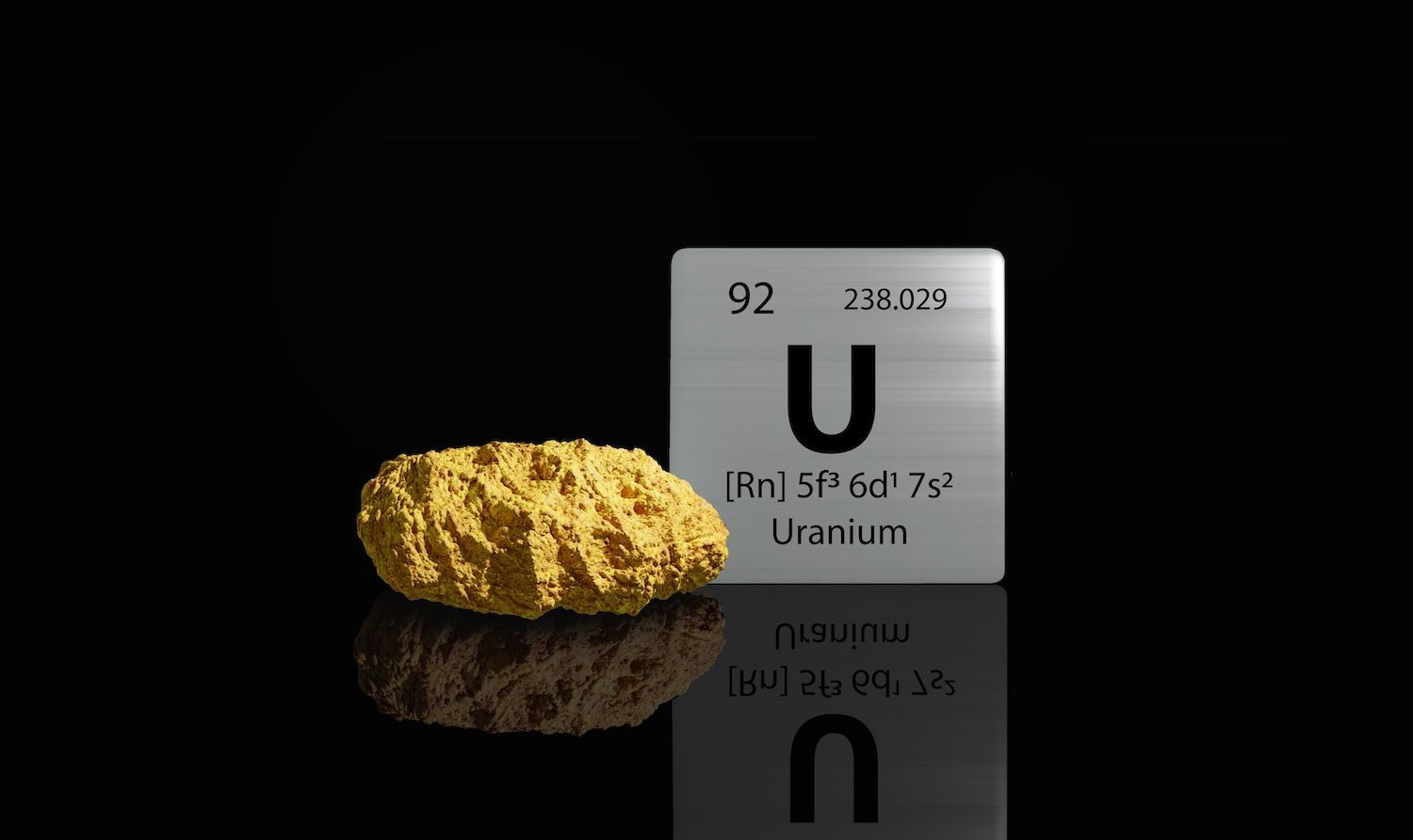The Conversation (0)
Energy Fuels Inc. (NYSE American: UUUU) (TSX: EFR) ("Energy Fuels" or the "Company"), the number one U.S. producer of uranium and an emerging U.S. producer of rare earth elements, is pleased to announce that it will be a Hall of Fame Presenter at the upcoming LD Micro Invitational XI virtual event on Tuesday, June 8 at 11:00 AM ET. Read More >>





